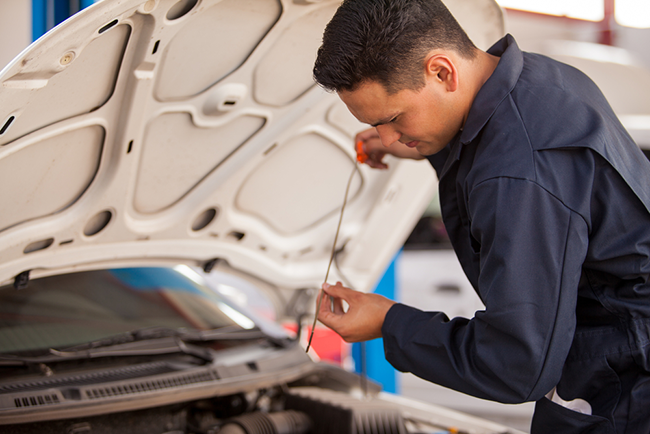
The wind, the rain, the cold mornings. Yes, there’s no escaping it: winter is just around the corner.
The change in season means that it’s almost time for the annual check up on your car. After all, if you put on snow boots before stepping out into the cold, then your car should be prepped for the plummeting temperatures too. Getting winter ready before the snow storms hit will not only keep you safe, it will also help to save you some headaches along the way.
So to help you get ready for the snowy season, here’s a handy list of seven ways you should winter-proof your car.
Winter tires

Starting from the ground up, there’s only four tires that come between your car from the icy hard pavement. Changing all four tires and checking their pressure regularly can mean the difference between getting home safely, or slipping and sliding your way through traffic. Winter tires improve braking distance to avoid fender-benders, and help you navigate through curbsides loaded with snow.
Wiper blades
When snow is coming at your windshield at an alarming rate, it will be a relief to know that your wipers can handle the action. Older blades may leave streaks or scrape without fully clearing the view, and blurry windshields are bad news for winter drivers. Make sure you replace your wiper blades annually to avoid any issues.
Battery
Cold weather can really hamper your battery’s ability to start, especially when parked outdoors for an extended period of time. Be sure to check your battery’s manufacture date, for cracks or breaks in the cables, and consider investing in a portable battery charger. It’s much better than flagging down a stranger for a jump in a snowstorm.
Oil change
Getting an oil change is a no-brainer and you’re likely due for one anyway. Choosing the right oil to use for winter is equally as important to reduce wear on the engine. For example, Mobil 1’s Advanced Fuel Economy oil is a low viscosity oil, meaning it’s thinner and will flow faster, even in -40 degrees Celsius temperatures. This uninterrupted flow means start up won’t be an issue – the engine will get oil right away, so you can be relieved knowing that any stuttering you hear is from the car beside you.
Emergency kit
We all say, “it’s not going to happen to me,” until it does. An emergency kit provides peace of mind, not to mention you can earn Good Samaritan points by helping others who are stranded in the elements. The kit should contain any or all of the following: first aid kit, flares, jumper cables, blanket, tire-changing tools, flashlight, small shovel, paper towels, extra batteries, water, and some non-perishable snacks. If you’re on the road a lot or are planning a road trip, windshield washer fluid and extra wipers, plus an extra set of clothes, might not be a bad idea as well.
Winter washer fluid
Nothing’s worse than having a windshield full of “snow residue” – the chalky white mess that gets left behind during soft snowfall. For a clear view, be sure to top up your washer fluid with a brand that’s labeled for winter use. Winter washer fluids are less prone to freezing. While you’re at it, take the rest of the jug with you for longer trips or if you’re on the road a lot because you never know when you’ll need to top up again.
Coolant
Coolant should be changed once per year, so if you haven’t done it yet, now is the time to check the owner’s manual and see if your mileage it’s time for a change. The mix of water to coolant ratio should be 50:50 to prevent freezing.
Some say that driving in the snow is a peaceful experience. They’re either crazy, or they took this list to heart, so get out there, get it done, and embrace the winter wonderland.







